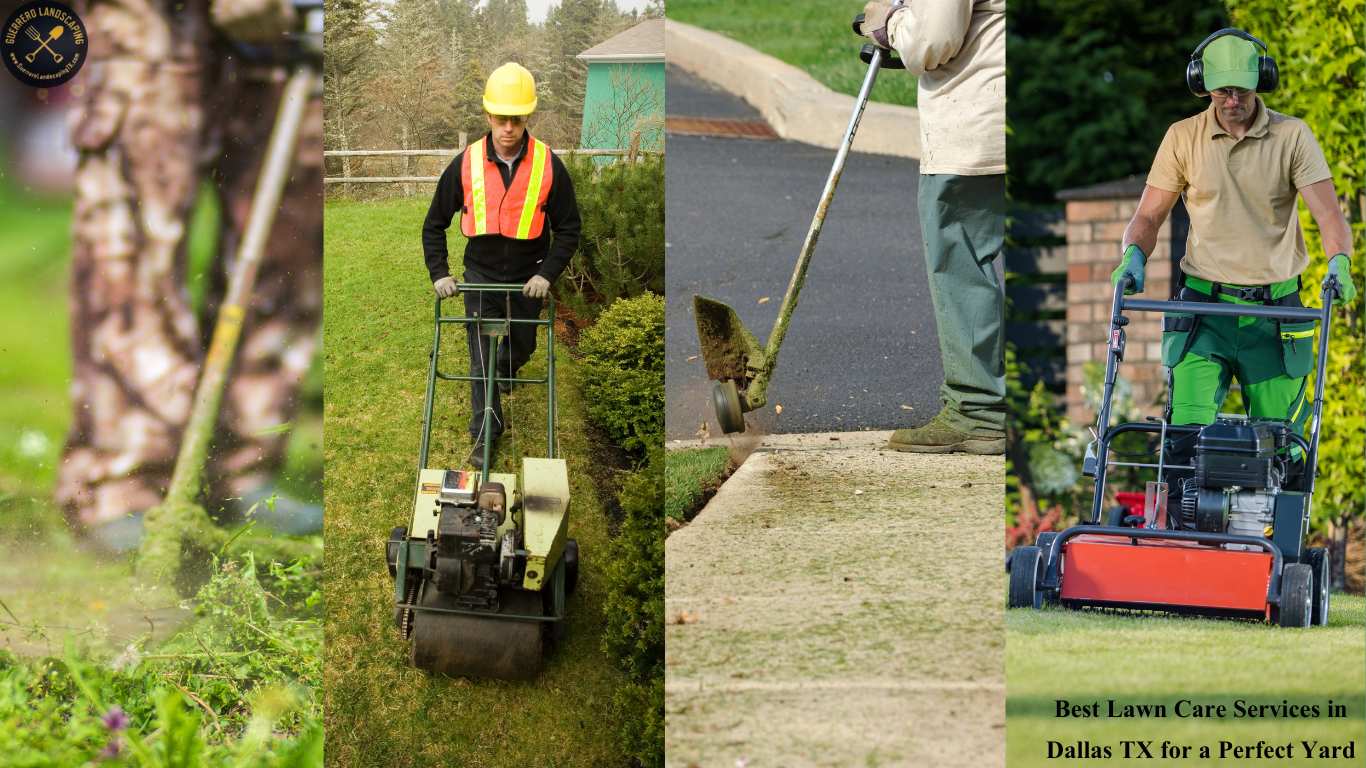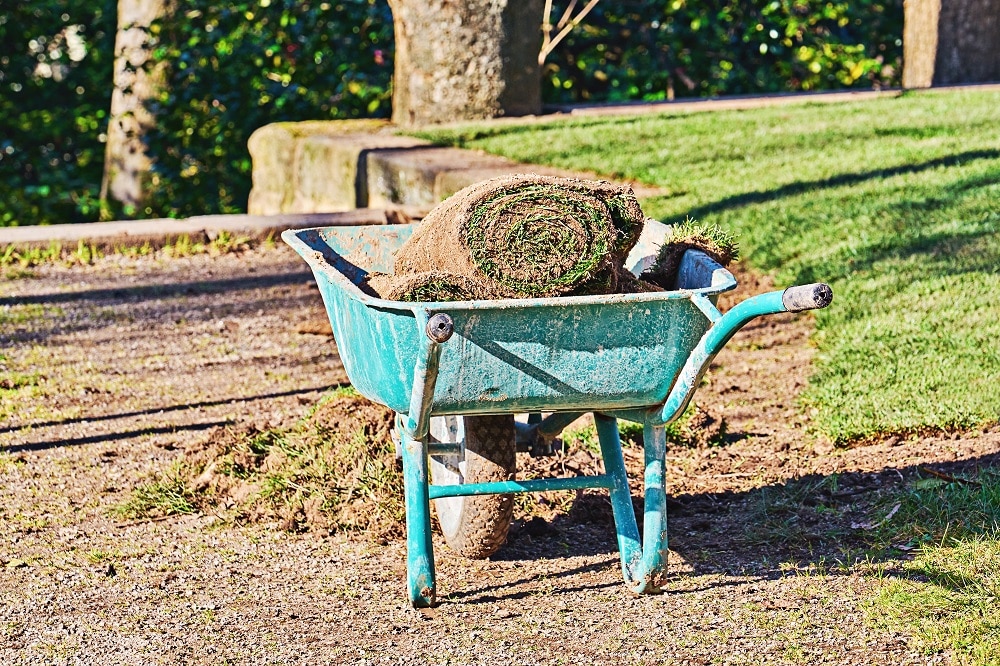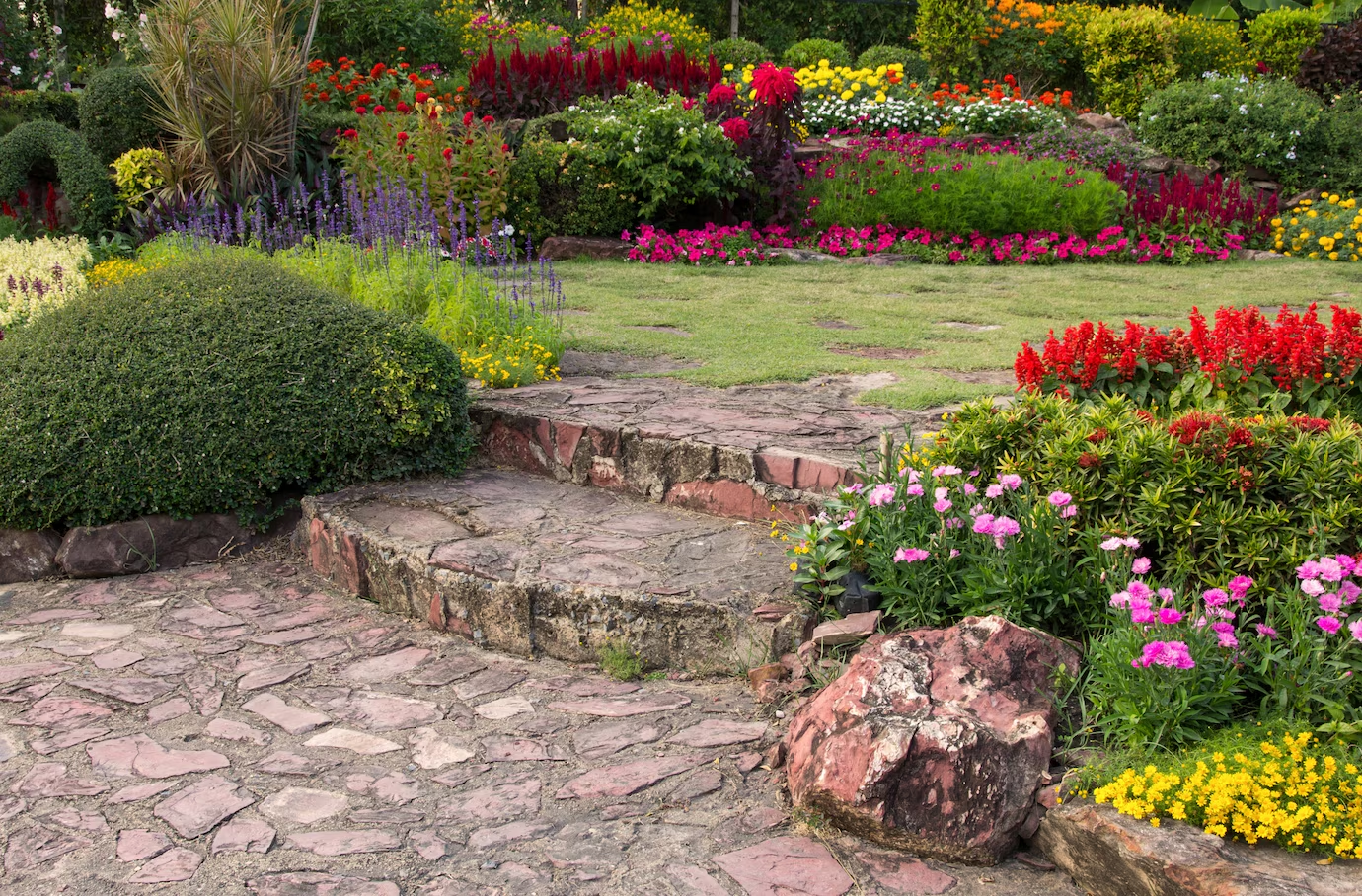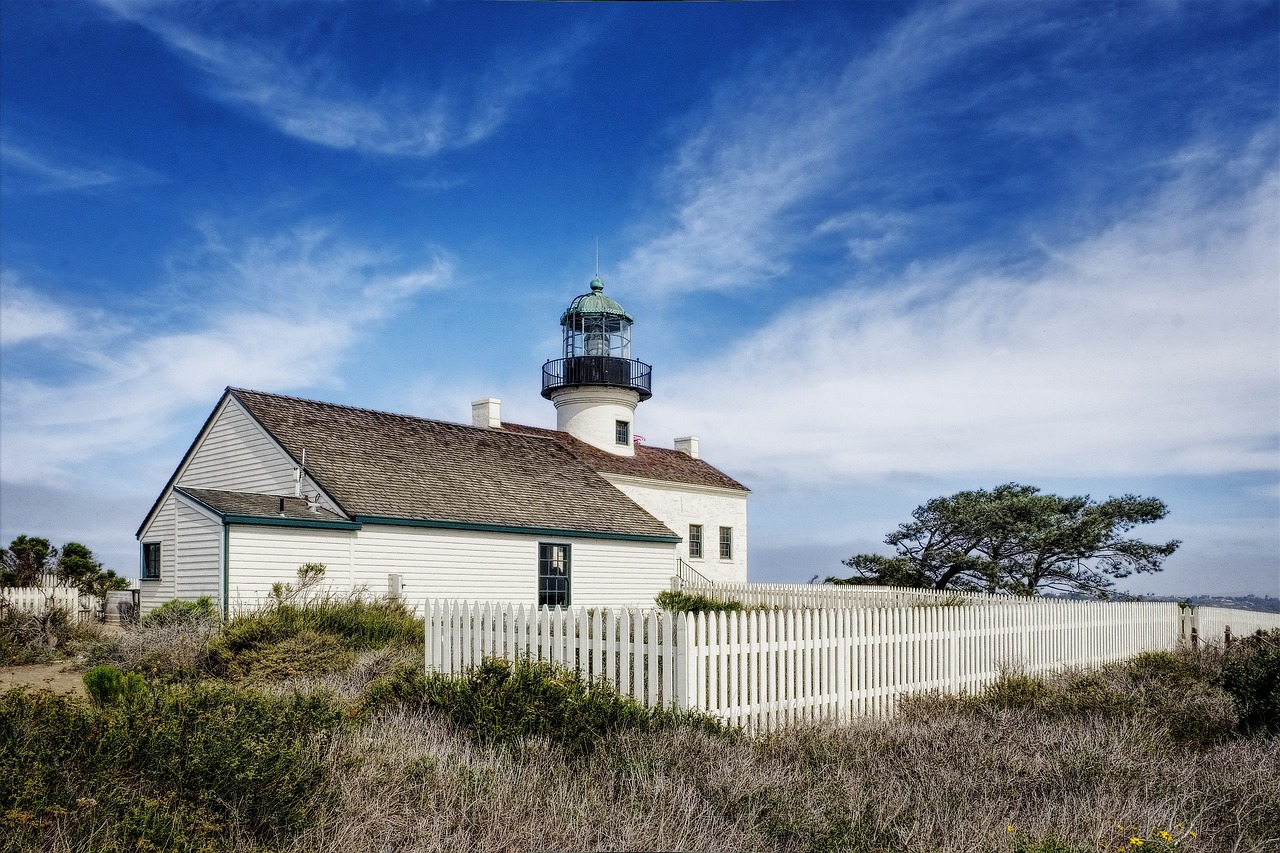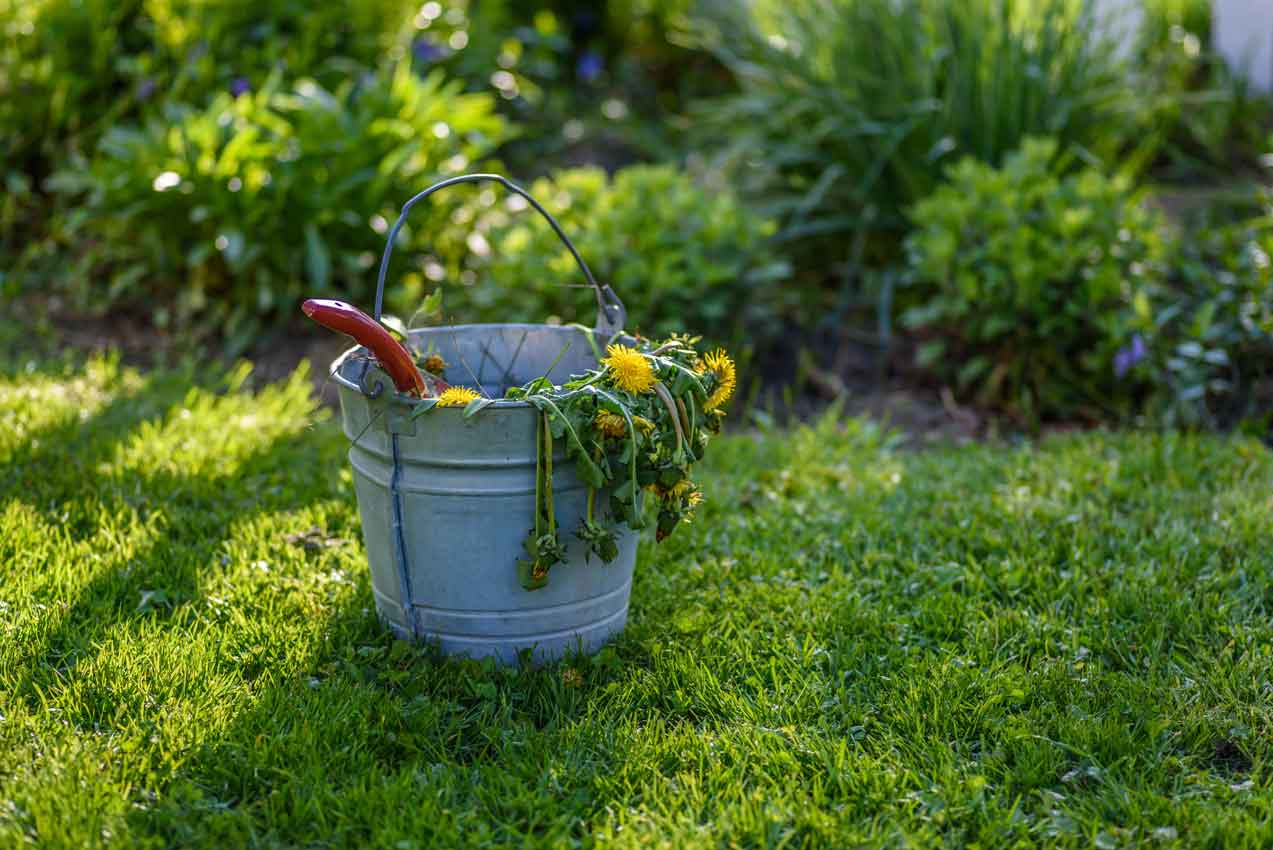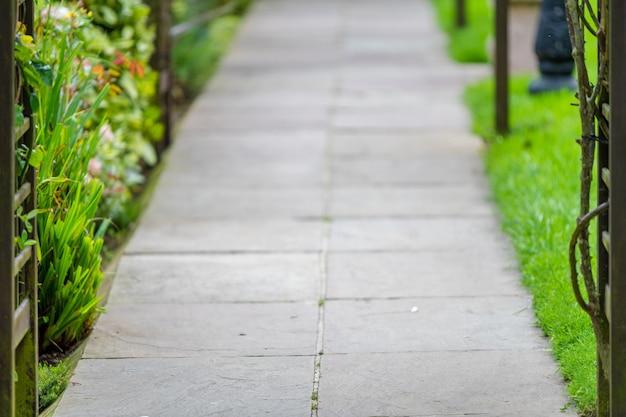
Are you planning to reshape the look and feel of your old lawn? Well, you can. But, there are certain things you need to keep in mind for the successful installation of new sod in your landscape. You have invested significant time and money in maintaining the existing lawn, so it’s advisable to refer sod installation experts before ripping the current landscape.
A large number of options are available to remove old sod like manually removing the sod or using a gardening machine, rake machine, sod cutter, or chemical treatments. The method that suits you best largely depends on your site location and personal preferences.
In this guide, we have gathered some of the best tools and methods you can apply to remove old sod without damaging it.

Can You Put New Sod Over Old Grass?
The answer is “No.” Why?
Because a new sod needs nutrients and water to flourish and develop its root system, if you leave a layer of old grass beneath the new sod prevents it from getting the required nutrients, and ultimately, the sod will die due to lack of moisture and nutrients.
However, you can lay sod next to the existing one to replace struggling spots. In doing so, take care of the following measures:
- Measure the area that needs replacement.
- Buy the same variety of grass.
- Remove dead grass to get a neatly shaped square patch.
- Level the new sod with the existing lawn.
- Water regularly and keep it moist for at least 2 weeks after installation.
What is a Sod Remover?
The best method to remove sod depends on the time and energy you are ready to put in. Common methods used to remove sod are:
- Manually removing sod by hand
- Using a powered sod cutter
In this guide, we have shared the method to remove a sod by sod cutter or remover.
Sod cutters are heavy-duty yard tools used to remove the top layer of grass in stripes. The sharp blades of the cutter dig into the soil to cut a thin layer of soil along with grass and roots. Whether you lay new sod or remodel your lawn with pavers, concrete, or gravel, sod cutters will remove the grass and prepare the land for any hardscaping material you are planning to lay.


How to Remove Sod with a Sod Cutter?
If you have an extensive lawn, a sod cutter will probably be a wise choice. Sod cutters can be manual (for small yards) or motorized (for large yards), each designed to cut the grass at roots and create stripes that can be rolled up and transported.
Since these cutters have sharp blades, take caution to avoid any damage to your lawn or yourself.
The Best Tools for Cutting Sod
Getting the right tools makes the job easier for you. Before taking on any sod removal project, here are the gardening tools you must require:
To Cut the Sod
A Long Hose: Must be long enough to reach the future and existing location of the sod.
A Sharp Edger: The tool is ideal for removing a thick layer of sod and dirt.
A Sprinkler: A sprinkler plays a double role during the sod removal process. It is used to transport the sod in one hand, and water the new one on the other.


To Transplant the Sod
A Metal Rake: Use the tool to scrape and level the sod surface where it is transported.
A Lawn Roller: Ensures the strong contact of sod roots with underground soil. A rain barrel can be used as an alternative.
High-quality Top Soil: Necessary to provide essential nutrients to the newly laid sod.
Grass Seeds: To fill the sod gaps and improve overall growth.
Step-by-Step Process to Remove Old Sod
Many landowners find themselves struggling with the sod over the years, provoking them to install a new one. However, sod installation does not comprise just rolling a new sod over the ground, you need to follow certain steps to get it right.
These steps help you achieve the best outcomes in your sod removal process.
Preparing the Lawn for Sodding
- Clear the area to remove dirt and debris.
- Rough grade the site to eliminate drainage problems.
- Till the soil to at least 2 inches of depth.
- Add topsoil to get a 4-6 inch depth.
- Test the soil pH by bringing a sample from the local garden centre.


Removing Old Grass and Debris
The first step to getting clear land for new sod is to get rid of old grass and debris so that you can give a fresh look to the yard. Various approaches are utilized to get this task done such as herbicides, solarization, or heavy mulches. The method you will use largely depends on the local climate conditions of your region.
Herbicides: Most herbicides are used according to the local bylaws. These should be applied on a sunny, windless day at 60 F (or above 15 C). Choose the ones that degrade quickly and follow the manufacturer’s instructions before applying.
Solarization: The process heats the underneath soil of sod via the greenhouse effect. A clear plastic tarp, over the targeted area, traps the heat and moisture essential for plant growth and seed germination. The process kills the underneath vegetation within a period of two months.
Heavy Mulches: Organic mulches can effectively smother the grass. Cut the old grass close to a grade, cover it in a thick paper material, and wet thoroughly. Then apply a layer of mulch on top. You can also use unwaxed cardboard, newspapers, or unbleached masking paper to wrap the old cut grass.
Caution: Solarization and Heavy mulching are not effective during cooler nights or shady areas of a lawn.
Soil Preparation and Levelling
- Rough grade the soil to remove any leftover debris and dirt.
- After adding topsoil and amendments (indicated by the pH test), final grade, rake, and roll the area until a fairly compact soil is attained.
- Add a root starter fertilizer such as 18-23-12 (N-P-K) if needed and settle the surface.
- Let the lawn settle with heavy irrigation or rainfall.


Laying the New Sod
- Starting from the edges, lay the new sod in a brick formation for better aesthetic effect.
- Tuck in the edges to secure them and dampen the soil as you lay new sod.
- Once done, water the newly laid sod 3 times a day.
Get Professional Sod Removal and Installation Assistance
Sod is a heavy material and removing it manually can be a time and labor-intensive task. Unless it’s a small area, you will need professional assistance to keep it healthy and alive during transportation.
For sod installation over a bigger area (over 10 sq. ft), you better hire landscaping professionals to do the job for you. Our experts have the right tools and experience to transplant a new sod that grows into a healthy lawn.
Get in touch today to learn more about the sod installation services we offer.



